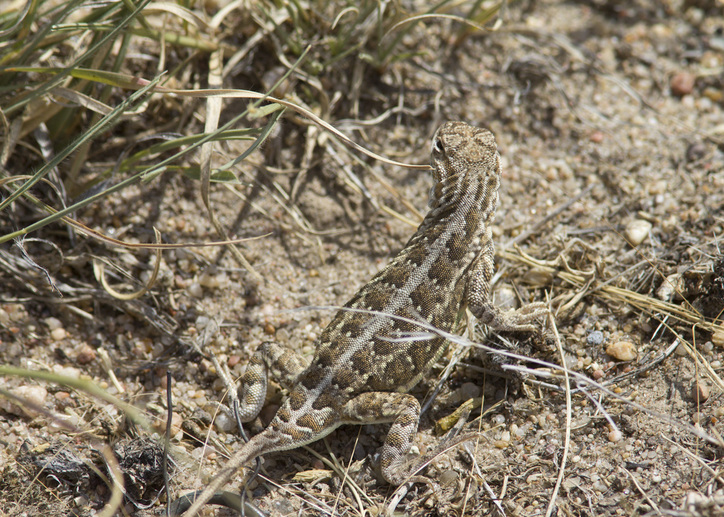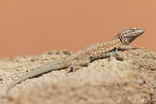We're already receiving some cool weather, along with more rain in Colorado. It was a short week in the field for Celina & Beth, with Devin helping with data management/wrangling in the office and Jake helping as time permitted between classes. We're hearing forecasts for an early and cold winter, so for those volunteers who haven't gotten out yet, the coming weeks may be your best bet in the central Great Plains! Those in the southern plains may have a bit longer season!
| Celina - "Sometimes you don't notice how many of one species you're seeing, until suddenly you're not seeing any. This week was unique in that I only saw a handful of Lesser Earless Lizards, when typically they're swarming all over the place. The first time I ever saw this species was at the beginning of the field season, so it was a lifer for me, but quickly grew to be so commonplace as to seem a fixture in surveys. We started to say, when asking each other what we saw, "oh, just Lesser Earless Lizards" - like they're no longer exciting and magical like they were at first. I suppose I stopped appreciating getting to see them- they weren't as rarely observed as most snakes or even some other lizard species. With the weather a bit chillier and rainy, there really wasn't a whole lot moving around this week, and I missed the little guys. Even when they're zooming out of view or running down the roads ahead of us (making us nervous!)." | Beth - "Despite the rainy weather there was a great turnout when Celina and I surveyed in Weld County, Colorado this week. All in one hour I ended up spotting more reptile species then I usually see in a week in that area! A Plains Hog-nosed Snake was basking in the sun to greet me at the survey site and later I found a juvenile Many-lined Skink sporting a bright blue tail, hiding under a sheet of metal. Two Short Horned Lizards saw me out, one being a neonate the size of a nickel. Seeing these tiny horned lizards that are smaller than some crickets makes me realize how much better I've become at spotting the cryptic species since the beginning of the summer when I was struggling to spot the full-sized adults in gravel, however, I'm sure there are still times that their camouflage gets the better of me." |

 RSS Feed
RSS Feed
